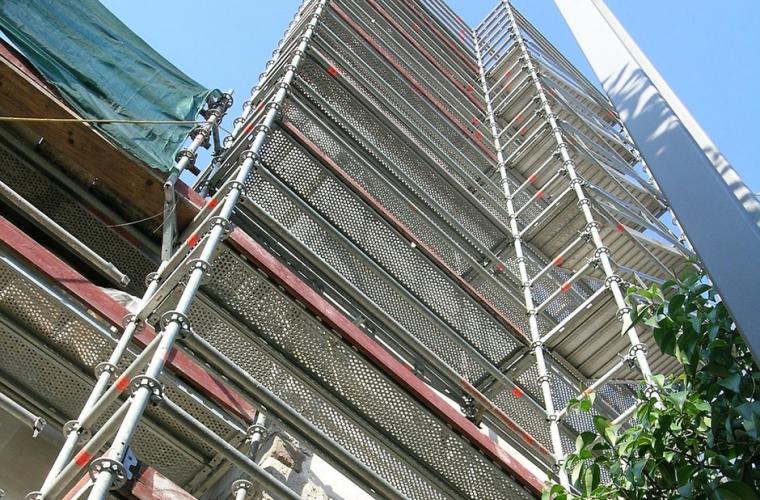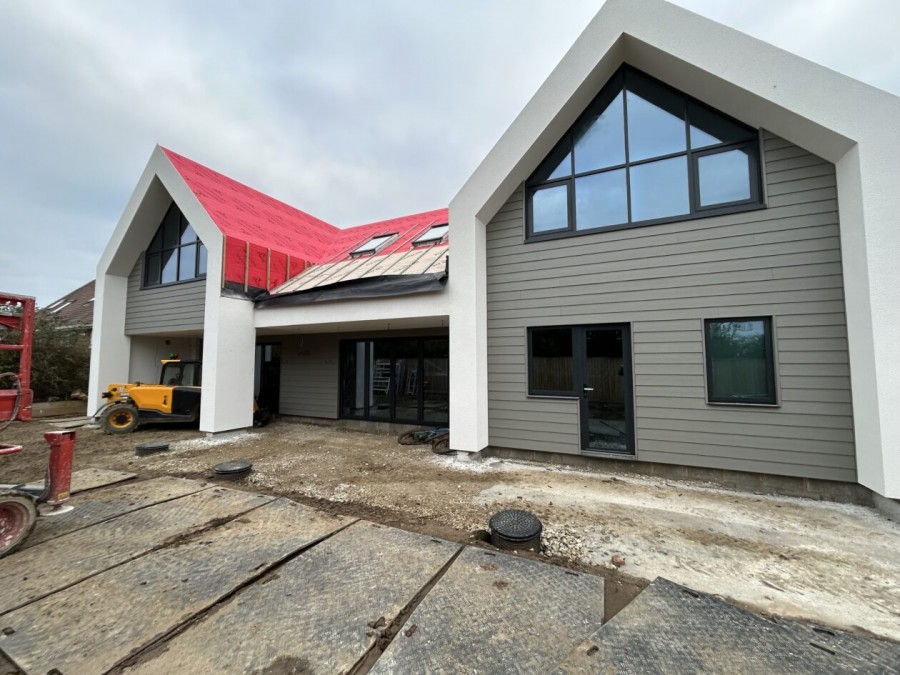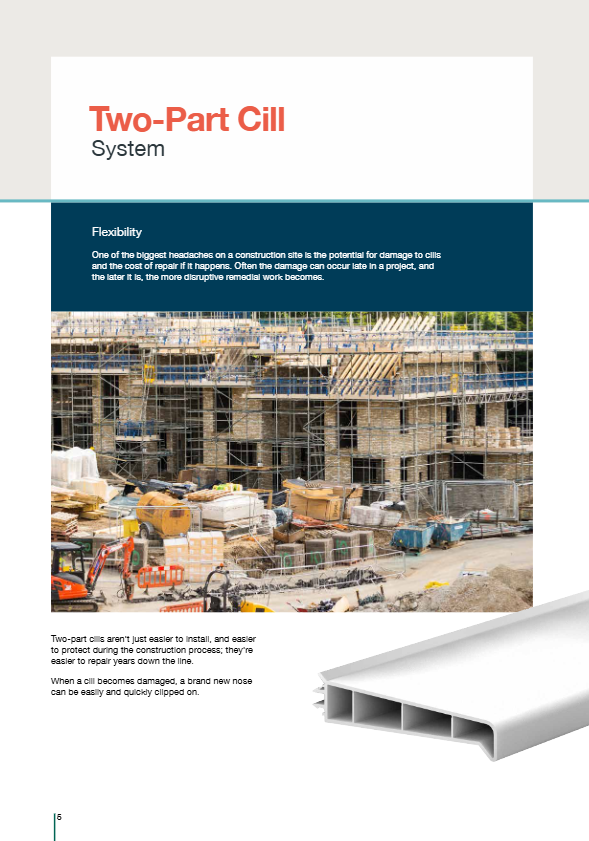The Building Safety Act is already being used to bring about much wider reform of the construction and building engineering sectors, according to the Building Engineering Services Association (BESA).
The Act, which came into force as a response to the Grenfell Tower tragedy, was described by a leading contractor as “a tool for government to bring in other regulatory changes” that go beyond safety and are designed to fundamentally reshape the industry’s culture.
Nick Mead, technical director at Laing O’Rourke and chair of the BESA Building Safety Act Advisory Group, told the Association’s latest ‘Behind the Built Environment’ podcast that there were “masses of changes” in the pipeline including myriad revisions to the Building Regulations, which affect every building in the country – not just the higher risk ones (HRBs) specifically targeted by the Act.
He said some people were still claiming that the changes did not apply to them despite the emergence of procurement bills, new fire regulations, and a new Architects’ Bill among other changes.

“All these things are coming through on the back of the Act…it's every building we build, every structure,” Mead told podcast host and BESA chief executive officer David Frise.
He added that he did not expect the new government to make any changes to the way the legislation was being implemented and enforced, so it would still be the responsibility of the industry to ensure the measures in the Act were adopted.
“The Hackitt Review always said it was industry who would have to drive change, and they've got to,” said Mead. “They're the people with the skill set. The civil servants and the government [are] not contractors, and builders, and building services engineers. They write a standard [and that’s] guidance, which points you in a direction.”
However, he urged the industry to embrace the ‘culture change’ because it would lead to widespread improvements and help “give us back our pride in what we do”.
The podcast marked the launch of BESA’s new ‘Play it Safe’ awareness guide which was designed to address the substantial gaps that remain in the industry’s understanding of its roles and responsibilities under the Act.
The interactive guide uses football terms and language to illustrate how companies and individuals fit into the ‘team’ needed to deliver building safety and comply with the legislation, pointing out that everyone has a part to play.
The football comparisons are designed to help anyone from apprentice pipefitter to design engineer identify their specific roles and responsibilities, and the guide then directs them to more detailed information on the BESA Building Safety Act Hub that will help them comply.
Mead said this simplified approach was timely as it would help to extend understanding of how particular professions and specialist firms fit into the legislative framework. He said so-called ‘tier one’ (larger) contractors were getting to grips with the changes but further down the supply chain there were still considerable problems.
“I think it will be a lot of hard work for some people, and I hope that the [Building Safety] Regulator doesn't come down too hard on people who just don't have that capacity or capability,” he said.
He added that clients were starting to “get their heads around” the implications but consultants and architects needed to go through a steeper learning curve. Managing how design changes are made during projects will be critical, but, in the long run, it will lead to significant quality improvements, he believes.
“I think it will be great for the industry,” said Mead. “The client might struggle because that ability to change his mind as he goes along will be much harder…but it's got to be a better way to build a building.
“There's also got to be far more integration. In the building services world, we build systems. A pipe doesn't work on its own without it going into a heating system. We must think of buildings as systems now, and system engineering is the way our industry [will] survive and develop.”
He urged people to take responsibility for their own actions and be more aware of the consequences of what they do. “You can't just change something because it suits you or put something in a different place because it's easy. We've got to be better at how we go to work and own what we do.”
The Regulator is increasingly threatening to make an example of firms or individuals who fail to comply with the new rules. However, Mead said they would probably take a gradual approach and start by “flexing their muscles” around change control by imposing eight or 12-week holds on projects to make sure mistakes are picked up and changed before they resort to more severe action and legal penalties.
The full podcast is available to view here.




















